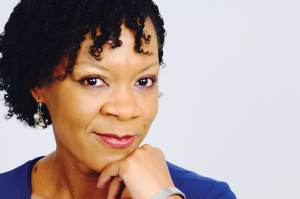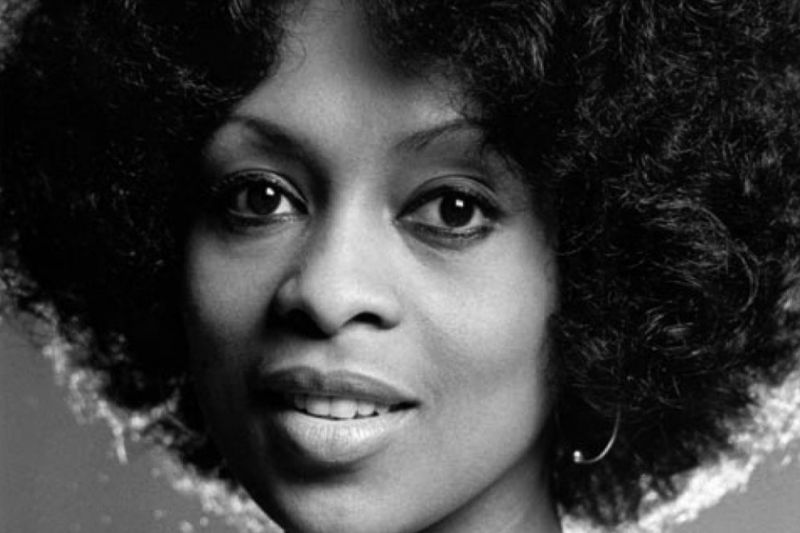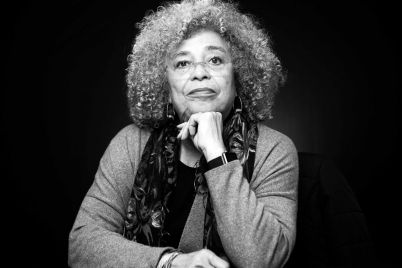Actress, singer, and dancer Lola Falana
BY KEISHA BELL | Visionary Brief
It is normal to encourage children to dream. They are sent to school to learn skills to assist them in making their dreams come true. Often, along the way, the big dreams of children are shrunk in exchange for surviving.
What does life look like when you live to achieve your dreams from your youth? What happens when you allow those dreams to blossom into more than you could have ever imagined?
Meet Loletha Elayne (or Elaine, depending upon the cited source) Falana, also known as Lola Falana. She is a dancer, singer, actress, model, and businesswoman.
Born Sept. 11, 1942, in Camden, N.J., Falana was the first black woman to model in perfume advertisements for Fabergé Tigress, a line of cosmetics that was not marketed solely to blacks.
As a child, Falana developed a deep desire to pursue a career in music. By age three, she was dancing, and by age five, she was singing in the church choir.
Her family relocated to Philadelphia in 1952, but that did not halt her musical opportunities. By 1958, Falana booked her first dancing gig to perform the opening act for Dinah Washington in a Philadelphia nightclub.
Washington was instrumental in fostering Falana’s early career. There was no doubt that she had talent, but her parents wanted her to graduate from high school. Falana, on the other hand, felt the urgency to relocate to New York City to pursue her dreams, so she dropped out of high school and moved.
In 1964, Falana began her music career after performing a featured role in Sammy Davis Jr.’s Broadway musical earlier that year. He mentored her in the late 1960s.
In 1967, Falana became a major star of Italian cinema, where she learned to speak fluent Italian. She was known as the “Black Venus.”
In 1970, Falana made her American film debut. Honors for her work were quickly followed. She was nominated for the Golden Globe Award in the category of New Star Of The Year – Actress for that performance in The Liberation of L. B. Jones.
As a result, she received more and more opportunities in the early 1970s. American TV audiences became more familiar with her.
In 1975, Falana’s disco record reached #67 on the Billboard R&B chart. That same year, she returned to Broadway as the lead in the musical Doctor Jazz. Although the musical was not on Broadway long, she was still nominated for a Tony Award. She won the 1975 Theater World Award.
Falana was not done. She brought her act to Las Vegas. It became so popular by the late 1970s that she became known as the “Queen of Las Vegas.” The Aladdin offered her $100,000 a week to perform. This made her, at that time, the highest-paid female performer in Las Vegas.

Keisha Bell
In 1983, Falana won a minority stake in the New York Mets while playing baccarat. She sold it in 1988 for 14 million dollars. She now tours the country, promoting a message of hope and spirituality.
Falana’s life is an example of what is possible when we allow our dreams to blossom. Some of her moves may have seemed questionable, but she believed. It made sense to her.
Keisha Bell is an attorney, author, and public servant.







